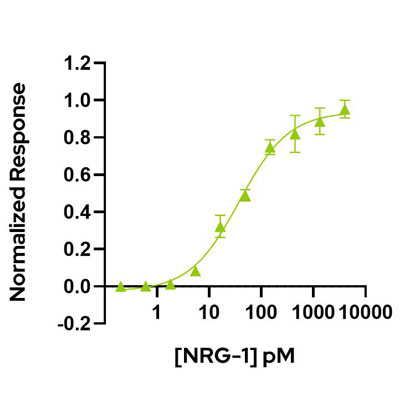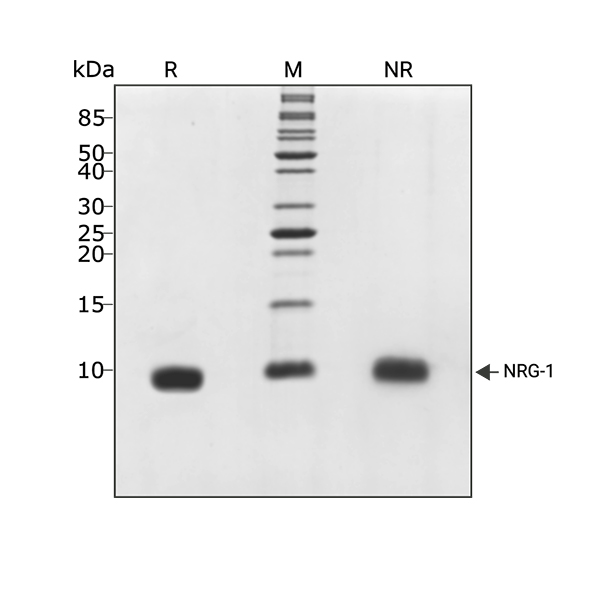Recombinant human/bovine/porcine NRG-1 protein (Qk045)
Human NRG-1 protein (Neuregulin 1) is frequently used in the maintenance of human pluripotent stem cells. In addition to its widespread use in stem cell culture media, NRG-1 (also known as Heregulin-β1 , HRG-1) has essential roles in vivo including in nervous system, cardiac, and mammary gland development; cancer biology and neurological disorders.
7.5 kDa highly pure, bioactive domain of human NRG-1, comprised of the β isoform of the EGF-like domain of NRG-1 (HRG1-B1). This NRG-1 protein monomer is animal origin-free (AOF) and carrier-protein free (CF).
Our products are for research use only and not for diagnostic or therapeutic use. Products are not for resale.





What others are saying
There are no contributions yet.